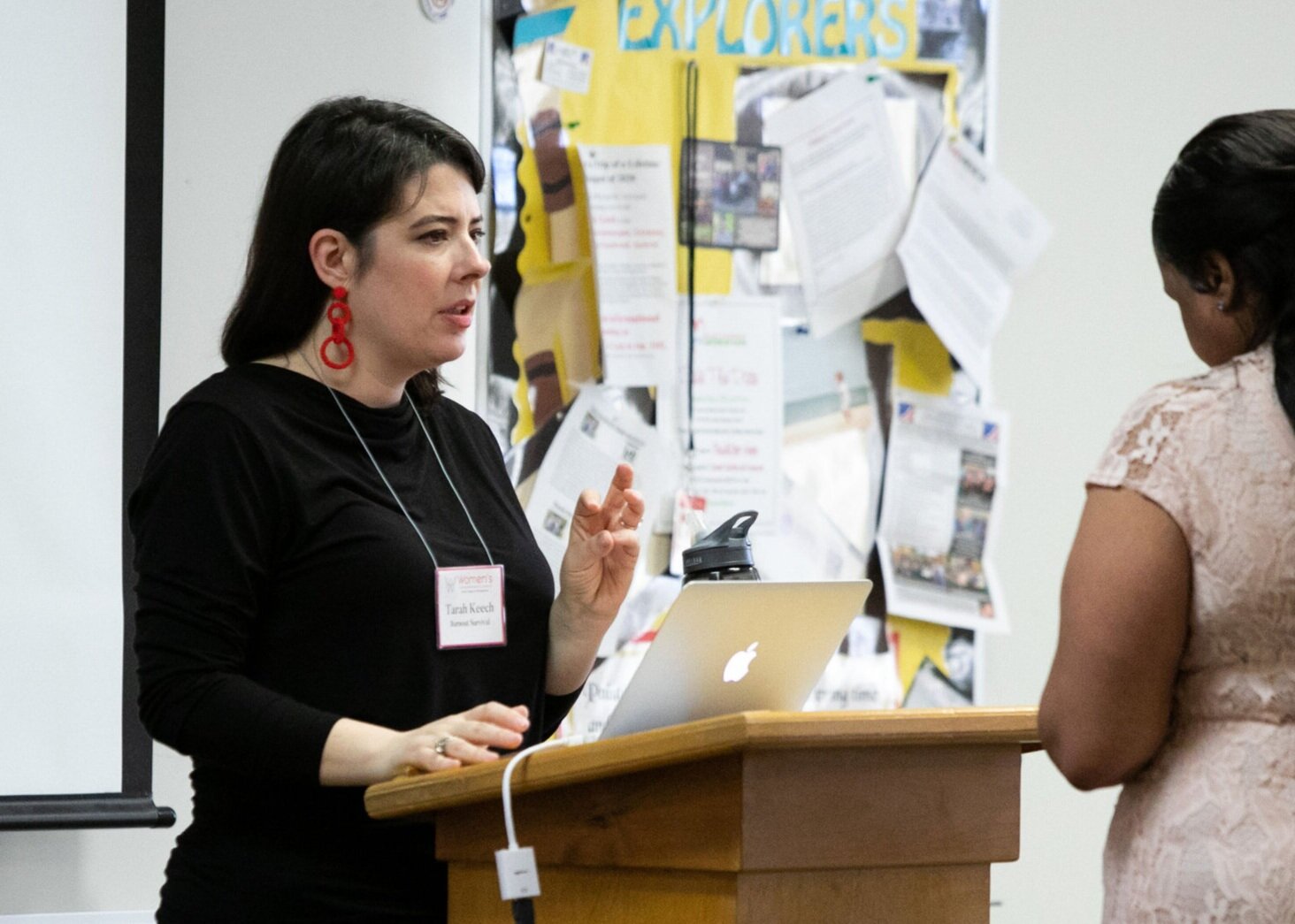The Failure Rut (and 3 reasons you love to stay stuck)
This is applied coaching in the form of a love note.
Did you watch the Super Bowl? I did and I loved it.
I'm not a sportsy person. (Is that a word to even? Sportsy?) But even though I don’t love the sport, I do love to watch people do their jobs really well. And the Super Bowl is arguably the best of the best doing what they most love to do.
These are athletes at the top of their game who have access to elite training and coaching who for all reasons love their job.
But you know what you see more often than anything else in these games?
You get to see the best of the best doing their best and making a ton of mistakes.
Almost every play there was someone who my heart hurt a little bit for: The player who missed the catch... the runner who didn't quite see that person creeping up on their six... or all of the incomplete passes...
But they failed, and then what do they do next?
They get up and they play their best even more.
Does their failure diminish their desire for winning?
Heck to the no.
Back to you:
If they can fail and keep delivering, why do you, as a non-elite athlete without the world watching, love so much to stay in your own failure ruts?
Here are three reasons why you love to stay stuck in your failures:
One: Safety.
It's your brain doing its job. Your brain is wired for your survival and it's doing a great job running a constant survey for risks and potential failures. Why? So that it can help you avoid taking risks and experiencing failure.
This is only a problem if you want more than basic survival. If you want to feel more than fear, or panic, or anxiety, or dread, or discouragement then it requires you to intentionally reevaluate automatic failure-focus.
Two: Comfort.
Failure is emotionally falling down and falling down hurts.
Part of that survival tool kit in your brain includes a driving force to help you avoid pain. Imagine the first time a kid tries roller skating. They’ve seen people roller skate and it looks amazing! Like flying on wheels!
Then that first moment when they stand up with wobbly legs and jello knees, what do you think they feel? A mix of emotions right?
Whatever they feel the strongest determines what they do next.
If they think they’ll fall and focus on the pain they want to avoid, how are they gonna feel? Fear, nervousness, and anticipatory pain. If you're feeling fear and constantly anticipating pain, is roller skating gonna be fun? Nope. The fear of pain has them primed for failure.
But if they’re focused on fun, imagining the wind in their hair and doing the fancy spins, what do you think that feels like? Excitement, possibility, imagination. And when you feel that way, you do the damn thing because the possibility of not doing the thing is unbearable.
Three: Ease.
“I know this story. We’ve all seen it before. It’s predictable. Same old, same old. Yada, yada, yada.” Predictability means you don’t have to think about newness or change which require considerable effort and resources like time, attention, and energy.
This means: Whatever your norm is, you're psychologically wired to be attracted to it and create more of it because it’s a known quantity.
If you are in a pattern of disappointment or failure, it is easier to stay there than it is to seek out a change.
How to get out of the Failure Rut?
It’s easy to pursue what you want when it’s safe, comfortable, and easy. But what about when it’s not?
How do you keep playing your own personal Super Bowl when you’ve just fumbled the play?
How do you continue on the path of pursuing a goal or a plan when it’s hard, when you’ve failed and feel discouraged or embarrassed?
Observe your status quo. Are there default patterns, habits, or thoughts keeping you stuck?
Consider your wants. What is it that you really want instead? Why do you want it?
Decide. Is the discomfort of pursuing the win, the result, the experience and not having it worth the discomfort of going for it?
Do. Yes? Yes. Funnel the reasons why into your plan and fuel your consistent action with forward-moving emotions and clear, focused intentions.
Recap
We stay in ruts because they’re easy and they keep us safe and comfortable. But when the best of the best constantly make mistakes and have setbacks, how are they able to keep going and not get stuck in a failure rut?
How do you continue on the path of pursuing a goal or a plan when it’s hard, when you’ve failed and feel discouraged or embarrassed?
Here’s how they stay out of a fail-focused tailspin and the principles to use to break out of a rut: Observe your status quo, consider what you want, decide it’s worth the risk of failure, and go make it happen.
Tarah Keech is a Master Life Coach, a burnout prevention and recovery expert, and has a Master’s degree in Clinical Psychology and a resume of Fortune 100 consulting.
No, she can’t read your mind but she knows how your thoughts work and can help you see them and then use them so you can level up your life personally and professionally.
Basically, she’s a combination of strategist, mentor, and bestie. Except she gives you better advice than your friends do and she teaches you how your brain works so you can take informed action that creates real change.
She helps smart leaders level up their businesses and lives in the Level Up Membership.
And to connect with Tarah directly, complete this form.
